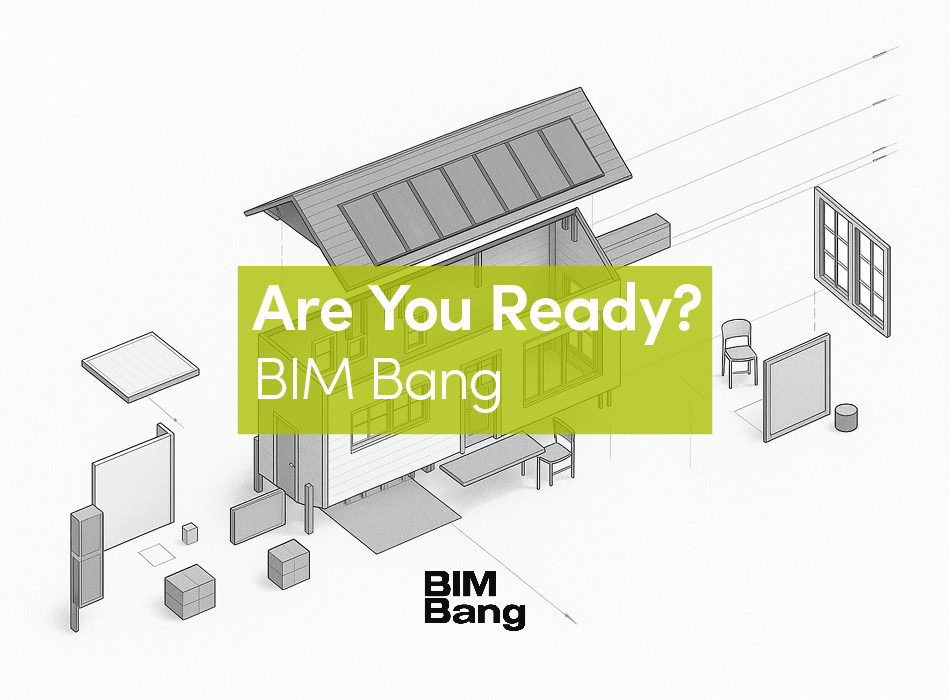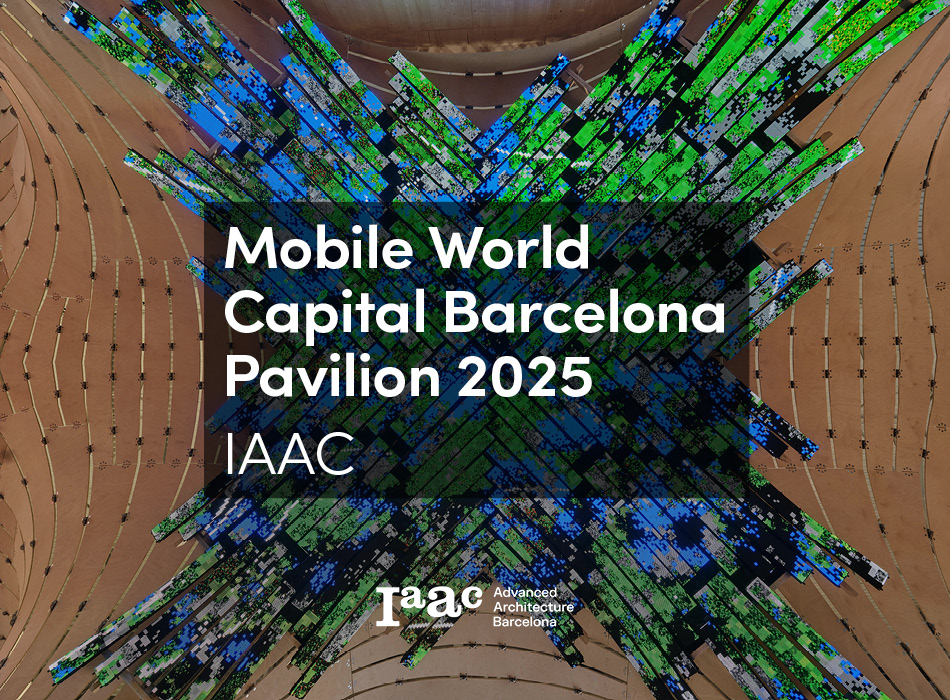ICON unveiled its Vulcan II 3D printer for homes on March 11, 2019 and announced it will begin shipping the award-winning technology next month to a small group of early customers as well as actively accepting orders for 2020.
ICON also announced multiple partnerships with nonprofits, developers, architects, and financial services.
Vulcan II is ready to move out of ICON’s lab and into the world next month to begin its very important work of delivering affordable, resilient, dignified housing around the world. Vulcan II is the first printer of its kind in that it has the capability of printing homes in which people actually want to live. It can be operated by anyone with basic training thanks to the improvements in automation, mechatronics and a suite of specialized software.
Research and Development
The ICON team began research and development immediately following the completion of our first prototype home printed in March 2018. The work shifted into high gear about six months ago after we completed a seed round of financing.
Tablet-based controls, advanced UI, 4x larger print area, 2.5x faster, automated material mixing, pumping, and delivery, safety features, remote monitoring, and on-board lighting for printing at night or in low-light conditions,
Technical specs
Total Height: 11.5 feet
Print Height: 8.5 feet
Total Width: 33 feet
Print Width: 28 feet
Length: effectively infinite
Weight: 3800 lbs
Operating Horizontal Speed: 5-7 linear inches per second
Nominal Power: 16 kW
Peak Power: 35kW
Voltage: 230/240 V single phase
Water Requirements: 2 GPM
Weather Resistant
Tablet-based controls
Size of operating crew: 4-6 people
Printing Material Mixing & Pumping: ICON Magma System
Standard print bead: 1″ tall, 2″ wide
Required Concrete: ICON Lavacrete
Particular Strenghts of ICON
Here is what ICON has going for it:
1. We’ve successfully pulled a building permit and printed a house in one of the world’s major metro areas
2. Our technology works reliably enough for us to begin taking on customers and projects.
3. We have a conviction about the advantages of “site printing” a whole house as opposed to printing in a warehouse or printing pieces for assembly later.
4. We believe the gantry-style architecture of printer is the fastest, most reliable, and easiest to control approach to 3D printing one and two story buildings.
5. Our proprietary concrete/mortar material “Lavacrete” has been able to pass every structural test we have put it through so far. This means our homes will be safe for people to live in and resilient to the varieties of conditions where we may deploy this technology.
About ICON
ICON is an Austin-based construction technologies company dedicated to revolutionizing homebuilding and making dignified housing the standard for people throughout the world. Using proprietary 3D printing robotics, software and advanced materials, ICON is solving a plurality of problems in the contemporary building industry with their breakthrough technologies. ICON closed a $9M seed round led by Oakhouse Partners in October 2018 and will begin printing homes around the world in 2019.
The first permitted, 3D printed house was created in ~47 hours of total printing time and for around $10,000 (printed portion only). The 350 square foot home is in Austin, TX. The home serves as proof-of-concept and was created in partnership with the non-profit, New Story. New Story and ICON will break ground on their first 3D printed community in 2019 in Latin America.
Our mission is to print homes in less than 24 hours. Small homes can already be printed in under 24 hours, and larger homes in the 2,000 square foot size range could be printed (on average) in less than 72 hours (three days).
We were tinkering for 2-3 years before we formed our company, and then we were actively in stealth mode for about a year creating the Vulcan printer, which we unveiled in March 2018. Vulcan II was unveiled March 2019.
The three founders each started working on it independently about two years ago. Jason has spent the last decade+ of his life starting and growing a company called TreeHouse whose whole mission revolves around sustainability and health in the built environment. After working on literally thousands of homes, Jason began saying to himself, “Surely there is a better way to build homes that is more affordable, less wasteful, and more energy efficient than conventional building methods.” Approaches to construction hadn’t changed in so long it was like people had forgotten how to even imagine a different way. That began a months-long study and research project (including prefab, insulated concrete forms, SIP panels, advanced framing, robotic bricklaying, architectural fungus, etc.) that landed Jason on 3D printing as the most promising technology to create a true revolution that checked all the boxes he cared about. He re-connected with his TreeHouse co-founder and friend Evan Loomis and the two decided to start working on it and build a prototype in a warehouse in Austin on the weekends. Meanwhile, a fresh college-grad and engineer named Alex Le Roux was working on a similar project in Houston. His prototype was actually able to print a mortar-based tiny home. Eventually, after hearing rumors of each other for months, Alex and Jason met and decided to start working together.
Fast forward to today… ICON is a for-profit construction technologies company using robotics, software, and advanced materials to reinvent the homebuilding industry. We unveiled our first 3D printer and successfully pulled a building permit and printed a home in Austin in 2018. In March 2019 we unveiled the Vulcan II printer and began shipping the technology for projects in the U.S. and internationally.
Meeting Housing Codes
Beyond torrential downpours in Austin over the printing time period, the challenges of 3D printing a home that is the first to be permitted in the U.S. included mostly structural engineering and foundation adjustments as the city had never seen a building of its kind.
The ICON team printed the full home using the Vulcan 3D printer and once completed, our partners at Alchemy Builders constructed the finishing touches including the roof, windows, doors and electrical/plumbing with conventional methods.
Adressing Affordability and Building Performance in Construction
Conventional construction is slow, fragmented, wasteful, and has poor thermal properties which increase energy use, increase operating costs, and decrease comfort. Also, conventional materials like drywall and particle board are some of the least resilient materials ever invented. By contrast, 3D printing offers the following:
1. Speed
2. Lack of manual labor
3. Concrete is a well understood, affordable, resilient material
4. Concrete has a high thermal mass (comfort & energy efficiency)
5. 3D Printing produces a continuous, unbroken thermal envelope (comfort & energy efficiency)
6. Replaces multiple systems of the home in one technology (foundation, structure, insulation, interior & exterior sheathing, moisture barrier, finished surfaces, etc.)
7. Near zero waste
8. Tremendous design freedom (curves and slopes are no more challenging or expensive than straight, plumb lines).
New Story
New Story works with families who live without one of the most basic needs – safe shelter. The majority of families live on less than $2 per day. Additionally, in the countries of work (Haiti, El Salvador, Bolivia and Mexico) families have no support system to fall back on. “Homeless shelters” amd similar services for the most part do not exist in countries where so many are faced with these issues.
The printed homes are expected to last as long or longer than standard Concrete Masonry Unit (CMU) built homes. The homes are built to the International Building Code (IBC) structural code standard.
Families who receive a home through New Story’s program own the home and maintain it on their own. Homes are purposefully simple without unnecessary items to reduce maintenance costs.
New Story currently provides approximately 4 jobs per home using traditional construction. It is currently estimated that the printer will reduce the number of jobs but local labor will still be required for aspects of communities. Since the mix has relatively easy to find constituent parts, local procurement is expected to be feasible.

















